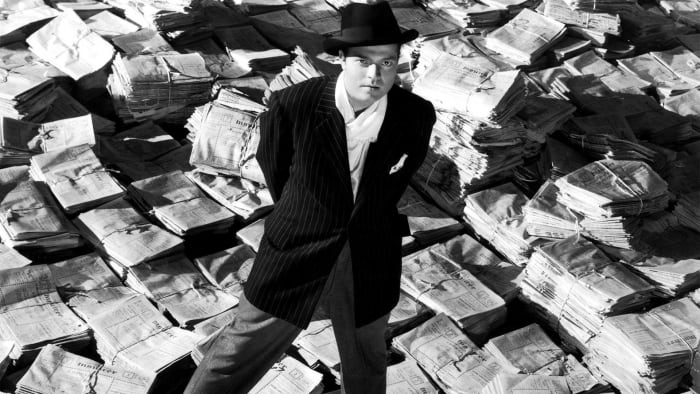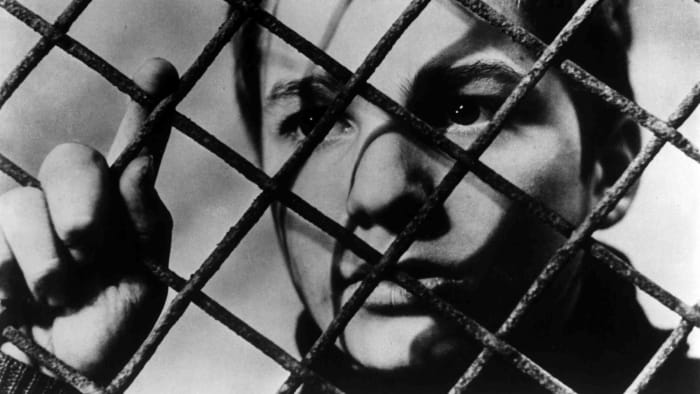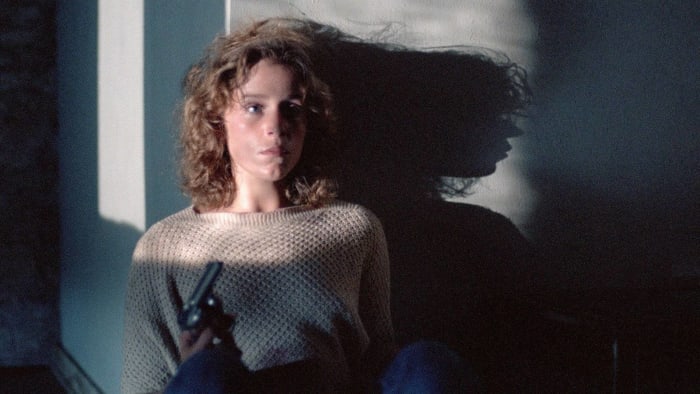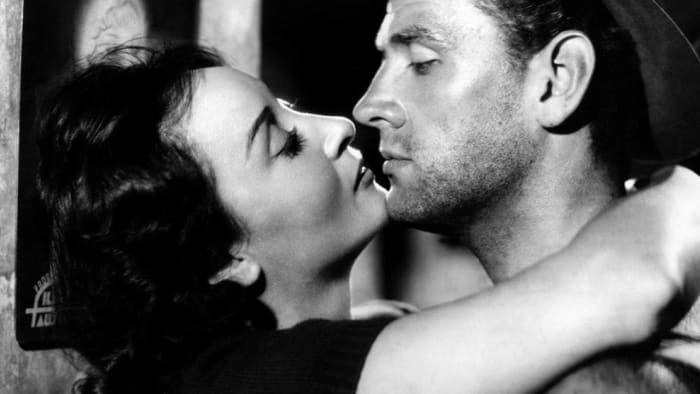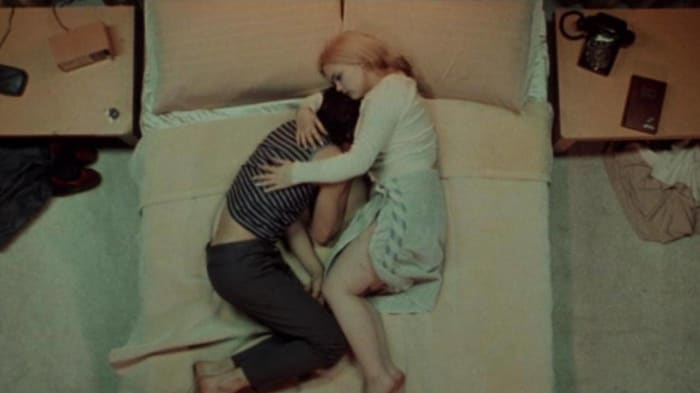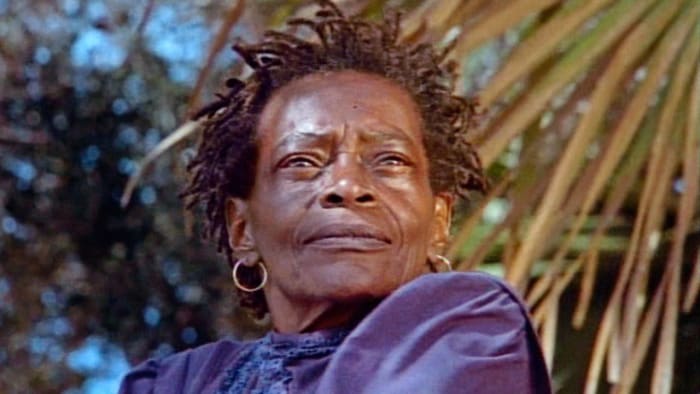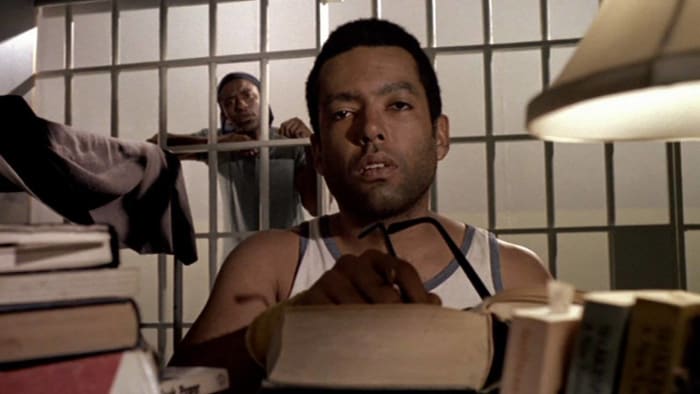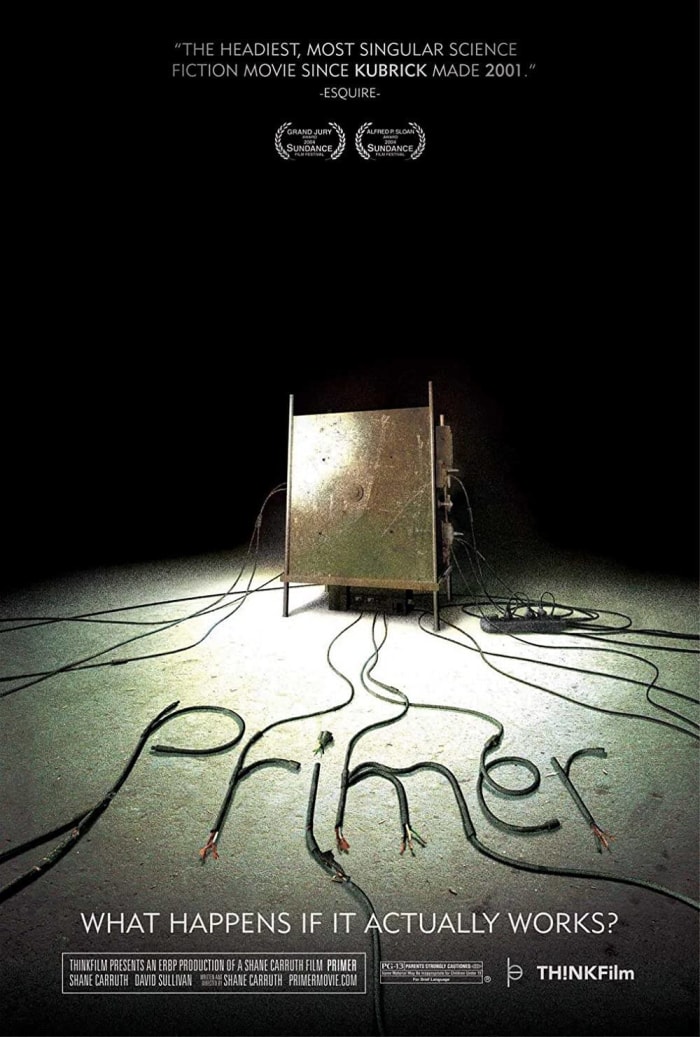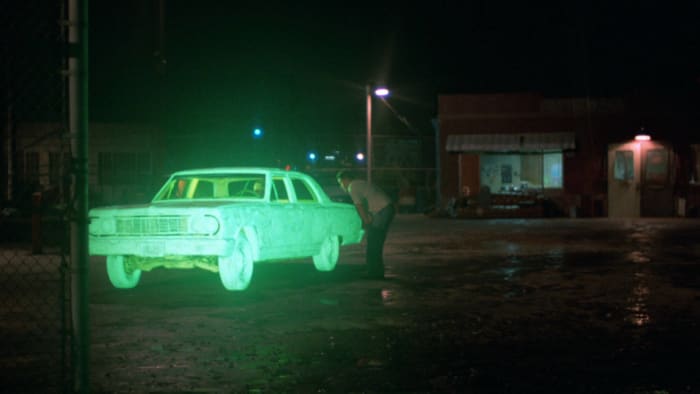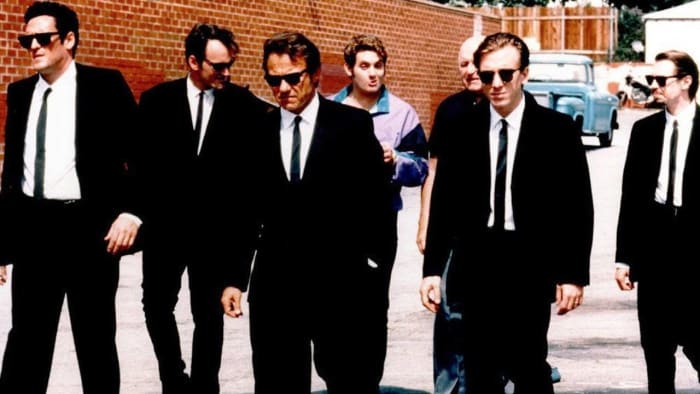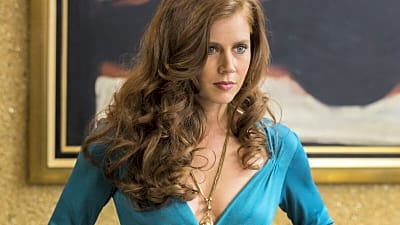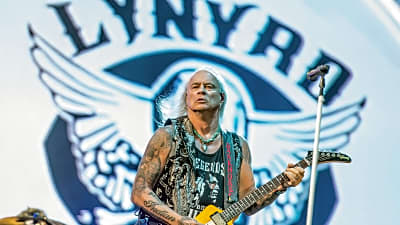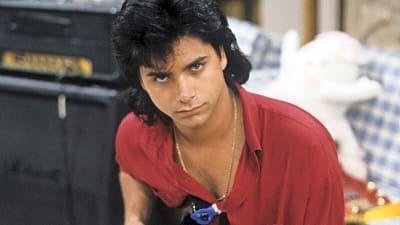x
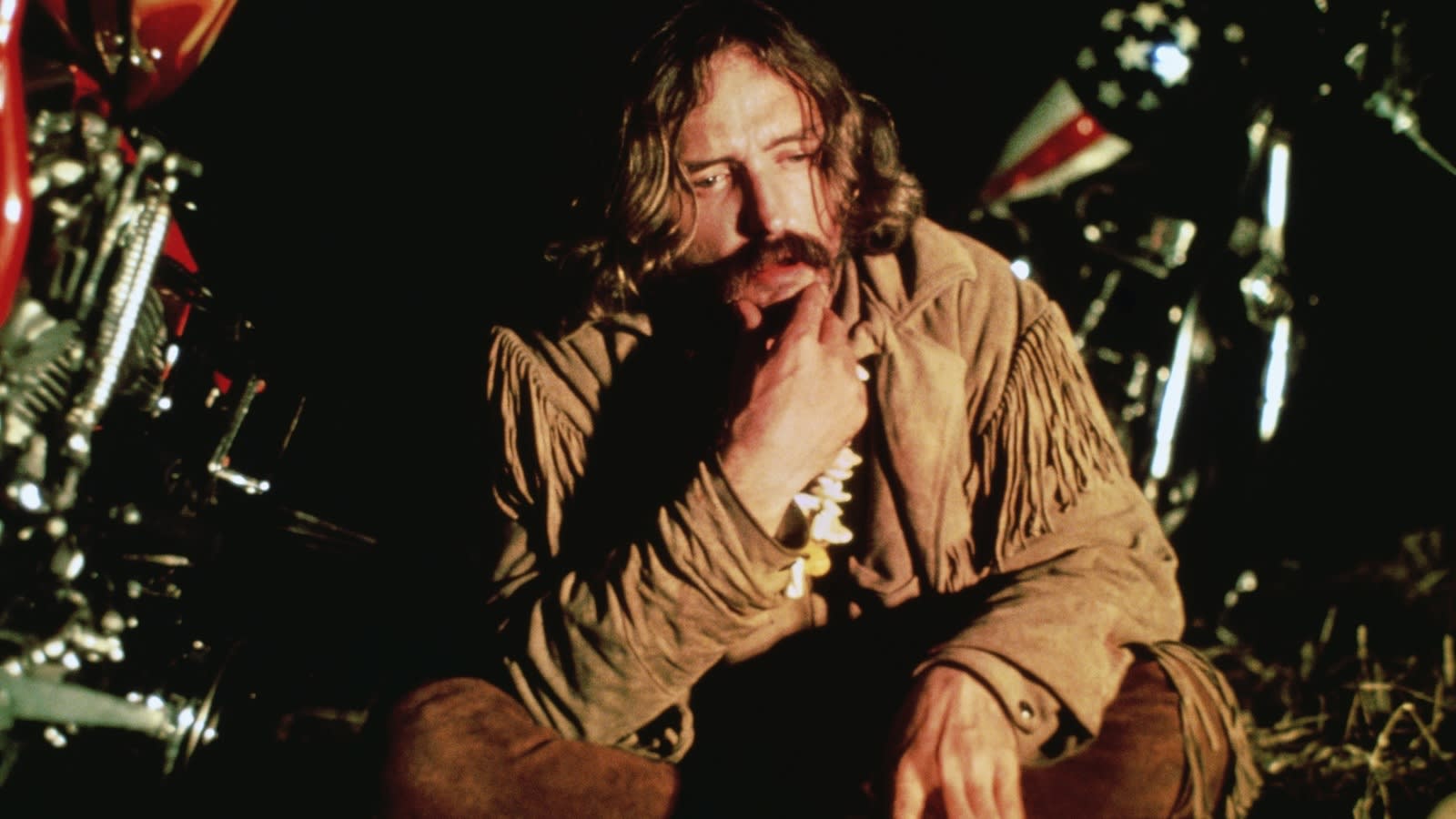
Columbia Pictures
Seismic shifts: Directorial debuts that rocked Hollywood
In an industry where artists rely on investments from financiers to realize their singular visions, it is vitally important that filmmakers make a sparkling first impression with their debut movies. As a result, first films are often creative toe dips; they're managed risks that show just enough promise to merit a more sizable investment the next time out. The films on this list did not go that route. So with that in mind, let's celebrate the twenty-five most audacious first movies ever made.
More must-reads:
- The 20 greatest bad movies of all time
- 20 celebrities who proudly went without makeup
- 20 famous sitcom actors who became action movie stars
- 20 child actors who also had successful careers as adults
- Iconic bands that switched styles after adding new members
Breaking News
Trending in Entertainment
Customize Your Newsletter
 +
+
Get the latest news and rumors, customized to your favorite sports and teams. Emailed daily. Always free!
